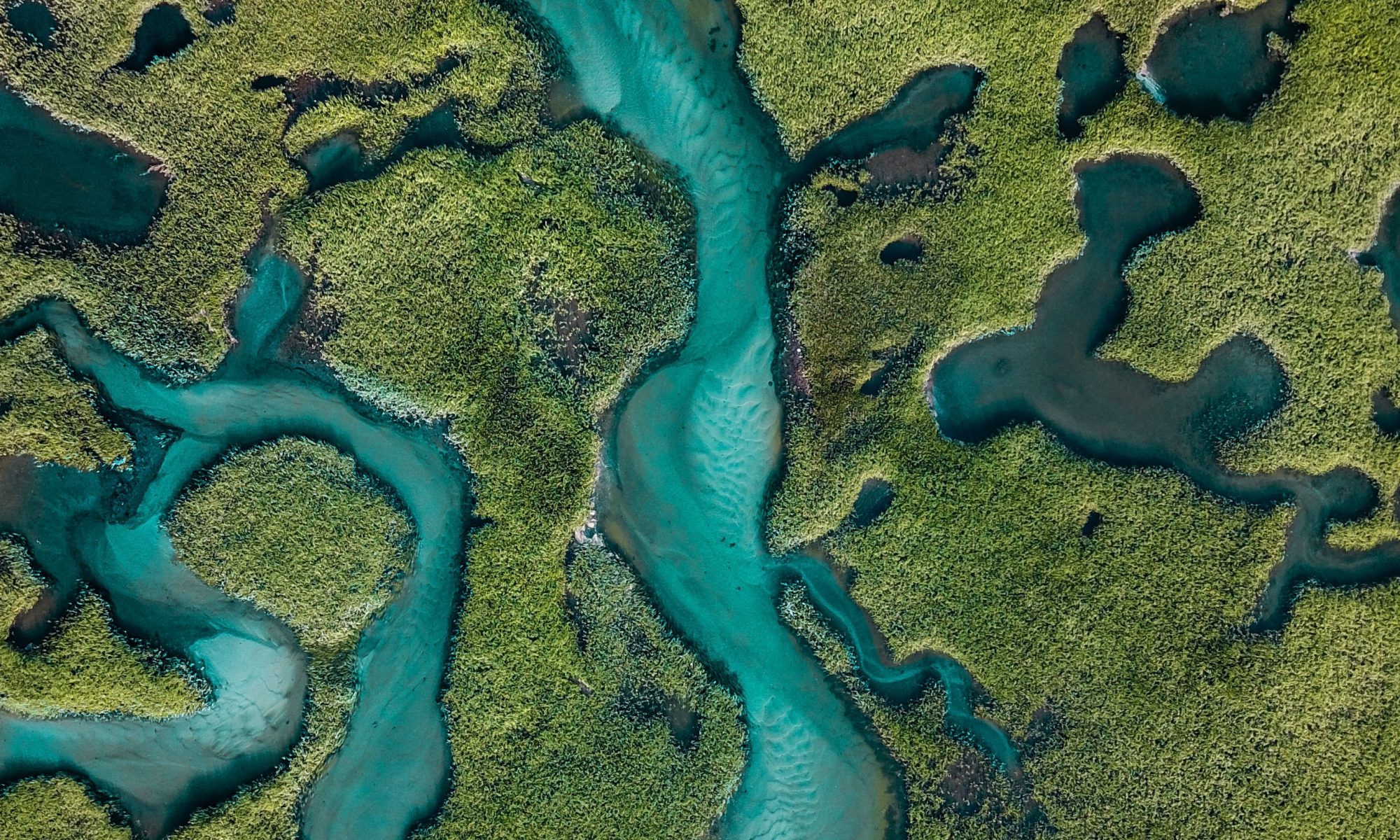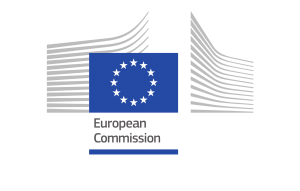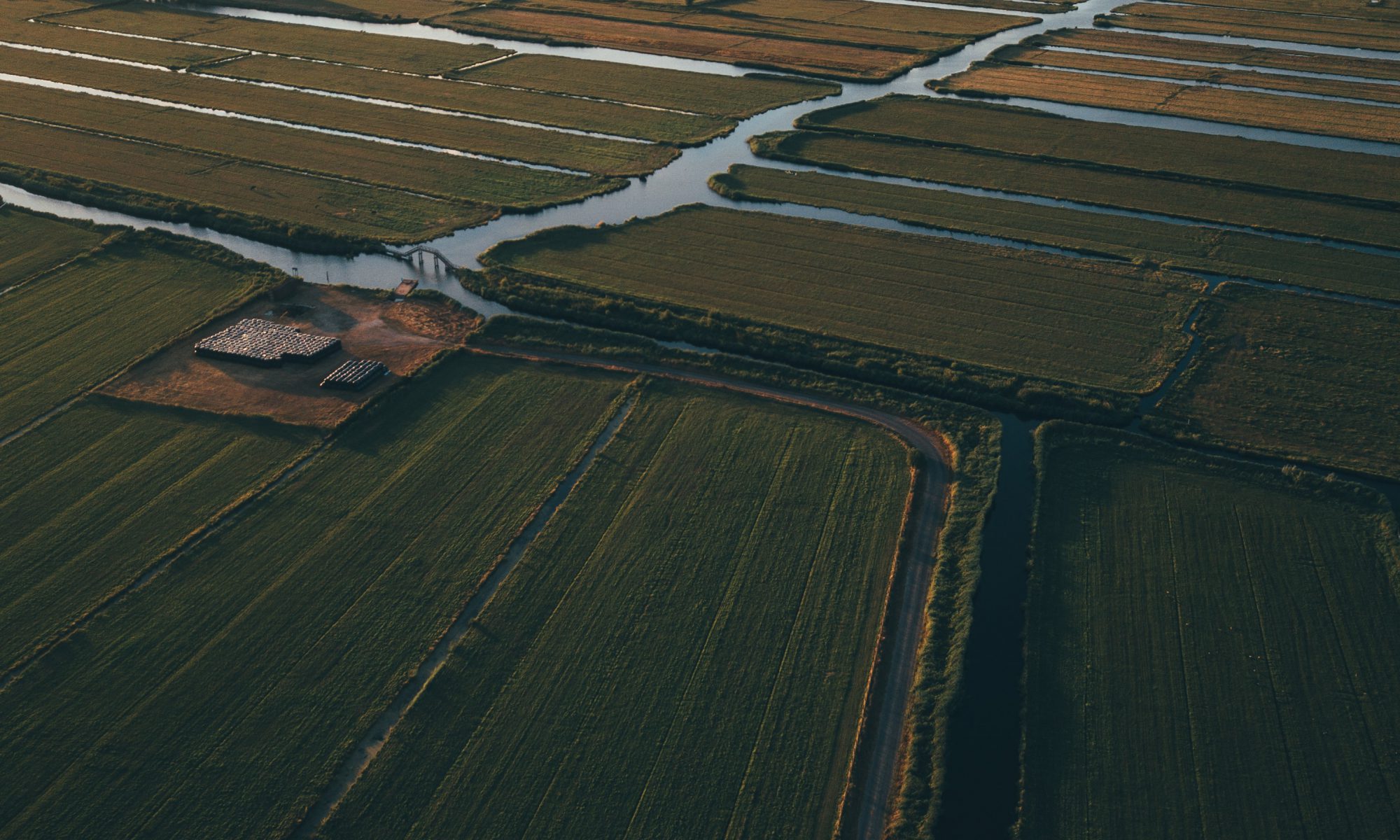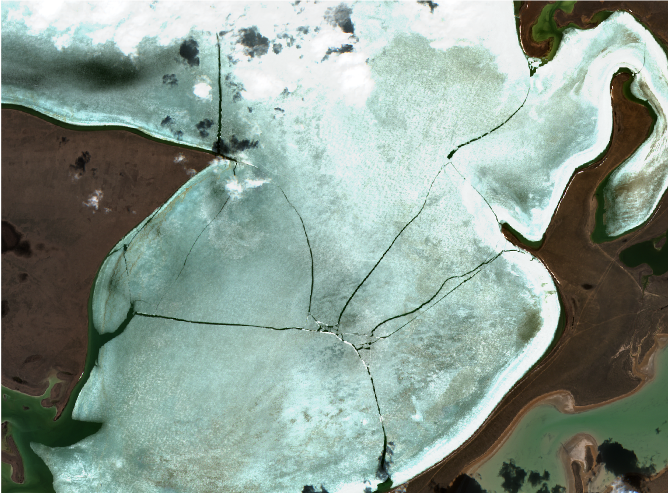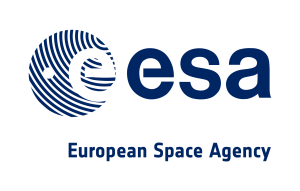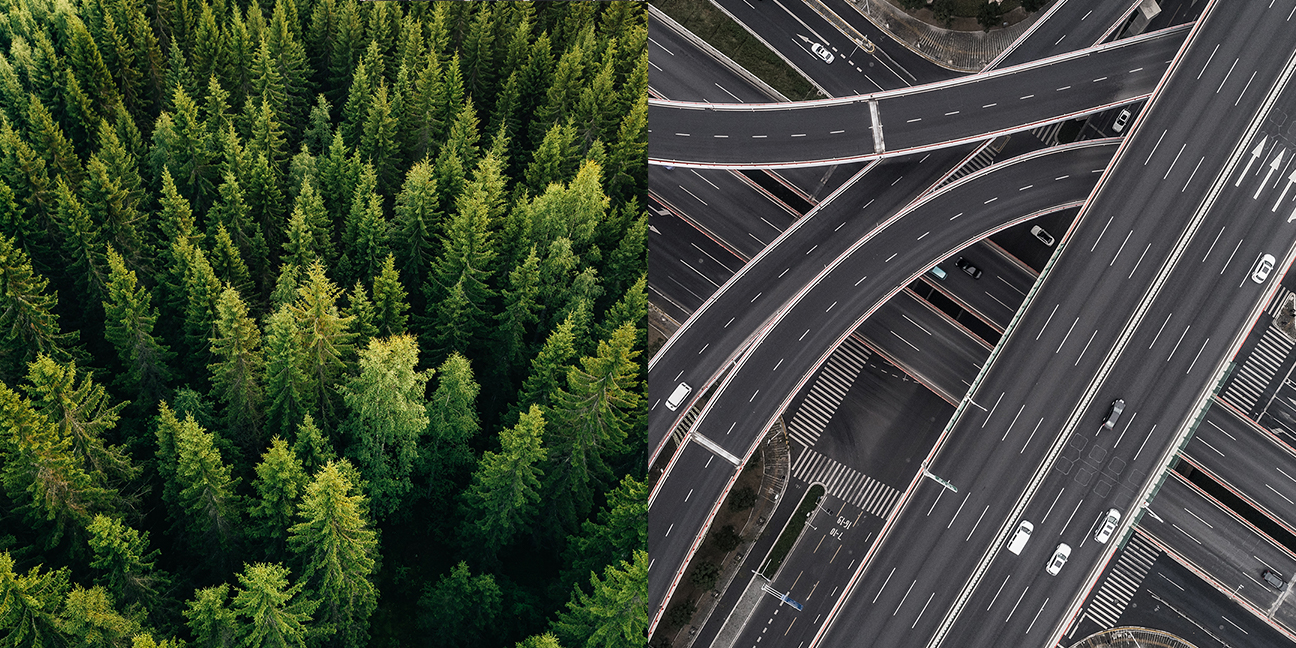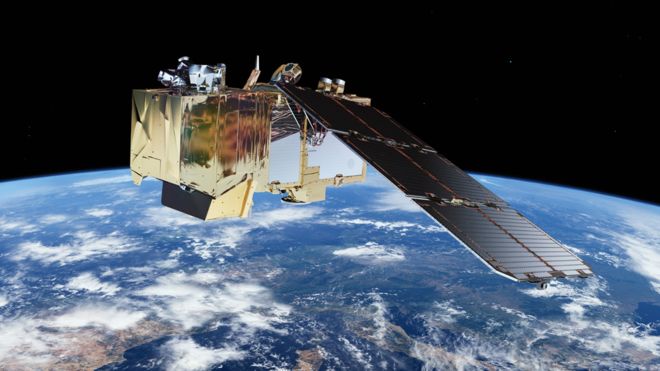Fresh views on Greenland – updated satellite imagery successfully delivered
25 MARCH 2021
Topographic maps of Greenland are generally not up to date and the positional accuracy is often inadequate in the breathtaking landscapes outside the main settlement areas. This means that decisions related to public administration, environmental regulation and the potential for economic development are often based on data and maps that may be inaccurate, and this can seriously impede decisions based on these data.
This situation is about to change very soon though, as the Danish government (Through the Agency for Data Supply and Efficiency (SDFE)) has asked for help from space.
In close collaboration with SDFE and our partners in Airbus Defence and Space , we have processed vast amounts of updated SPOT 6 and 7 satellite imagery covering 225.000 sq.km of Greenland, in a very short time. We have turned these data into cloud free, orthorectified and color optimized image mosaics in 5 different parts of Greenland. The results are fresh views of the astonishing landscape of Greenland.
Stay tuned for updates on getting access to the imagery, which will be freely available very soon



